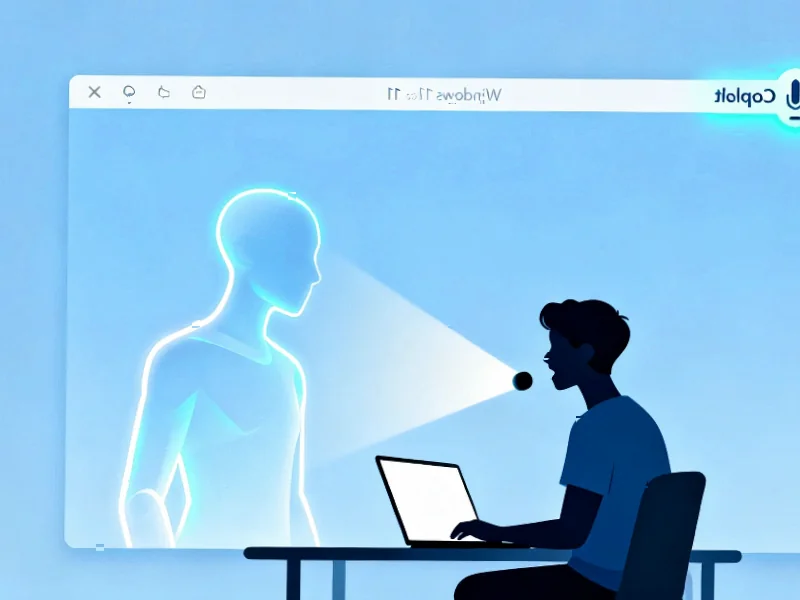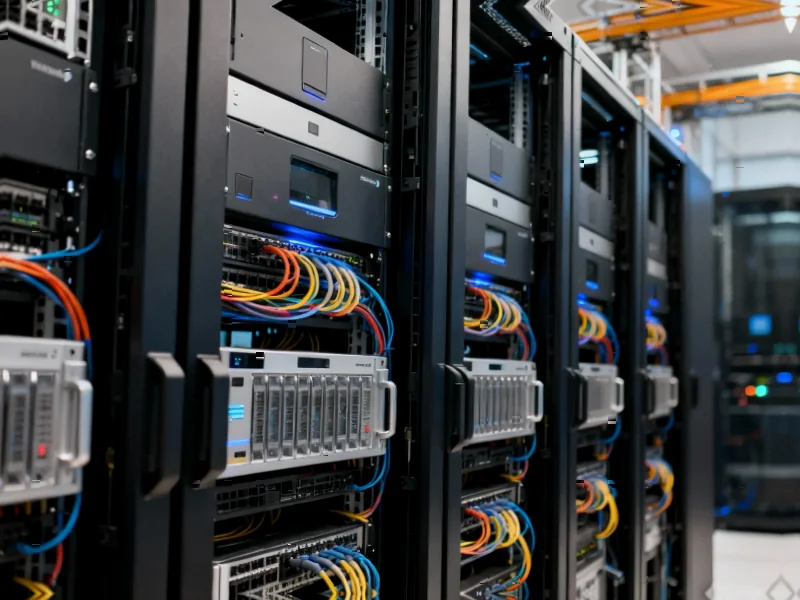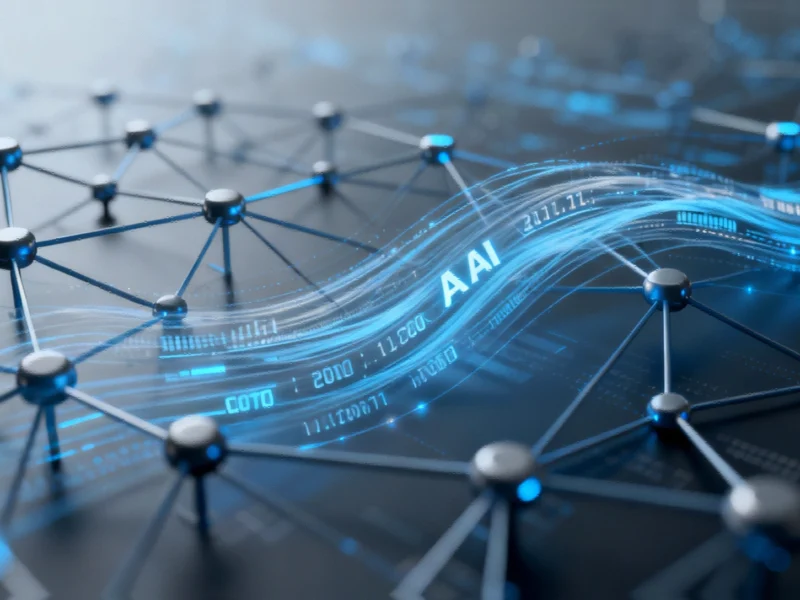Microsoft’s Strategic Shift to AI-First Computing
Microsoft is fundamentally reimagining the Windows experience by transforming Windows 11 into what the company describes as an “AI-native” platform. This strategic pivot represents one of the most significant evolutionary steps in the operating system’s history, positioning artificial intelligence not as an add-on feature but as the core foundation of the computing experience. The transformation signals Microsoft’s commitment to creating an intelligent ecosystem where AI, cloud computing, and human interaction converge to redefine workplace productivity.
Table of Contents
- Microsoft’s Strategic Shift to AI-First Computing
- The Vision of Agentic Work: Windows as Your Proactive Partner
- Copilot+ PCs: Hardware Designed for Advanced AI Processing
- Revolutionary Interaction Models: Voice, Vision, and Contextual Understanding
- Enterprise-Grade AI: Reliability, Security, and Management
- Cloud Integration: Windows 365 Extends the AI Experience
- The Future Roadmap: Microsoft Ignite and Beyond
The Vision of Agentic Work: Windows as Your Proactive Partner
Microsoft’s concept of “agentic work” represents a paradigm shift in how users interact with their operating systems. Rather than responding to commands, Windows 11 is being designed to anticipate user needs and take proactive actions. This approach transforms the traditional reactive computing model into an intuitive, predictive partnership between human and machine. The operating system learns from user behavior, context, and patterns to offer timely suggestions, automate routine tasks, and streamline complex workflows without explicit instructions., according to according to reports
Copilot+ PCs: Hardware Designed for Advanced AI Processing
The AI transformation extends beyond software to specialized hardware with Microsoft’s introduction of Copilot+ PCs. These devices feature dedicated neural processing units (NPUs) capable of handling sophisticated AI workloads directly on the device. This architectural advancement enables several critical benefits:, according to market insights
- Enhanced Privacy: Sensitive data remains on-device rather than being processed in the cloud
- Reduced Latency: AI responses occur instantaneously without network dependency
- Continuous Operation: AI features function reliably even without internet connectivity
- Energy Efficiency: Specialized NPUs consume significantly less power than traditional processors for AI tasks
Revolutionary Interaction Models: Voice, Vision, and Contextual Understanding
Microsoft is introducing multiple breakthrough interaction methods that make computing more natural and intuitive. The “Hey Copilot” voice activation system allows users to perform searches, automate workflows, and execute system commands through natural speech. Meanwhile, Copilot Vision represents a significant advancement in contextual understanding – the system can analyze on-screen content to provide troubleshooting guidance, application tutorials, and relevant information based on visual context., according to emerging trends
The “Click to Do” feature exemplifies Microsoft’s commitment to simplifying complex tasks. Instead of navigating through multiple menus and applications, users can accomplish sophisticated operations with single interactions, dramatically reducing the cognitive load and time investment required for common computing tasks., according to technology insights
Enterprise-Grade AI: Reliability, Security, and Management
Recognizing that business adoption requires robust security and management capabilities, Microsoft has engineered these AI features with enterprise requirements at the forefront. The AI tools integrate seamlessly with existing IT management systems, allowing administrators to deploy, monitor, and control AI features using familiar tools and processes. This enterprise-ready approach ensures that organizations can leverage advanced AI capabilities while maintaining their security standards and compliance requirements., according to expert analysis
Cloud Integration: Windows 365 Extends the AI Experience
Complementing the local AI capabilities, Windows 365 brings the same intelligent environment to the cloud, enabling employees to access their personalized Windows experience from any device. This hybrid approach ensures consistency across devices while maintaining the security and customization that enterprises require. The cloud integration also enables more computationally intensive AI tasks to be processed remotely when necessary, creating a flexible, scalable AI ecosystem., as previous analysis
The Future Roadmap: Microsoft Ignite and Beyond
Microsoft has indicated that the current AI features represent just the beginning of their vision. The company plans to unveil additional AI integrations and capabilities at Microsoft Ignite in November, suggesting that Windows will continue to evolve into an increasingly intelligent platform. Industry observers anticipate deeper AI integration across Microsoft’s ecosystem, potentially including enhanced collaboration tools, advanced automation features, and more sophisticated predictive capabilities.
This transformation positions Windows not merely as an operating system but as an intelligent productivity platform that adapts to individual workstyles and organizational needs. As AI becomes increasingly woven into the fabric of Windows, users can expect computing to become more contextual, proactive, and personalized than ever before.
Related Articles You May Find Interesting
- Endometriosis Diagnostics Revolution: How Biomarker Testing is Transforming Wome
- Microsoft Teams to Introduce Automatic Location Tracking via Office Wi-Fi
- Advanced Nickel Oxide Composites Unlock Efficient Green Hydrogen and Energy Stor
- Samsung Halts One UI 8.0 Rollout for Galaxy S23 Series Following Initial Release
- ASUS Rolls Out Early BIOS Support for Upcoming AMD Ryzen 9000G APUs on AM5 Platf
This article aggregates information from publicly available sources. All trademarks and copyrights belong to their respective owners.
Note: Featured image is for illustrative purposes only and does not represent any specific product, service, or entity mentioned in this article.



